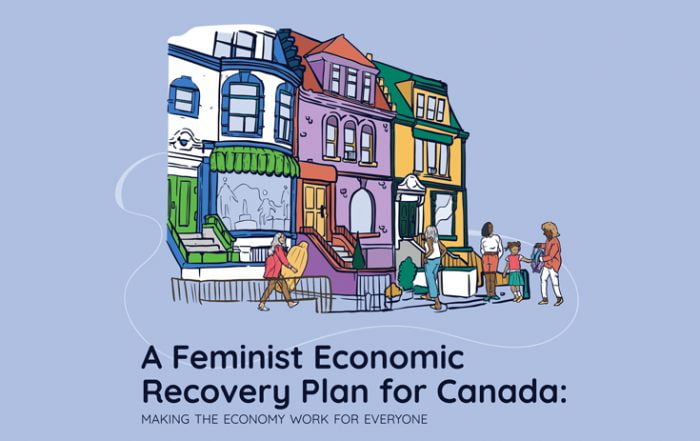Executive summary
Although women in Canada are participating in the labour market more than ever before, studies have found that they are less likely to save and invest than men are. This gap contributes to financial disadvantage across the course of women’s lives. For example, one study from 2017 discovered that 24% of Canadian women do not invest their money at all, compared to 15% of men.
The difference between men’s and women’s savings and investment is especially impactful for women’s retirement: women in Canada live about four years longer than men on average, and may face financial insecurity in old age. The gender investing gap can also affect women’s abilities to grow their assets, save for significant purchases, and amass wealth. The investing gap has different causes: it can be linked to gender roles and norms that financially advantage men, as well as the pervasive gender wage gap. Short-term actions, like changing designs of financial products and services to be more inclusive, may have a positive effect, but need to be implemented in combination with policy and other structural changes that mitigate women’s economic marginalization.
Read and/or download the full policy brief.
__________________________
Policy brief prepared by:







